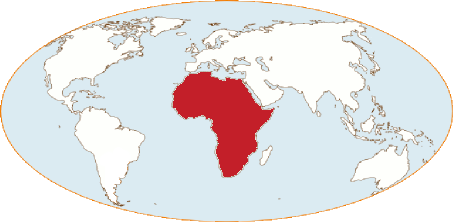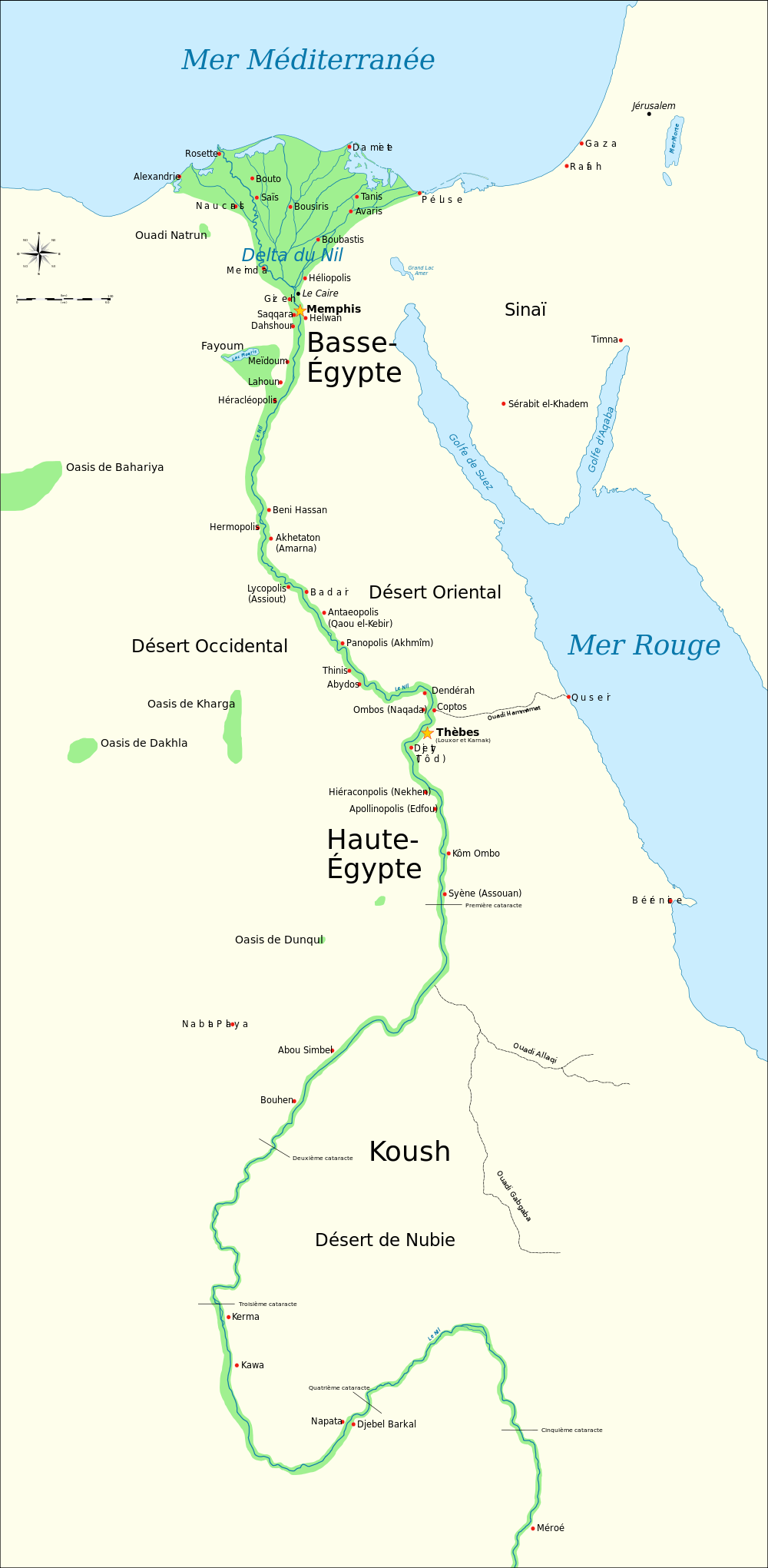Beer in the early African kingdoms
There is no evidence to date of beer brewing in Black Africa during antiquity, except for the exchanges between Egypt and the upper Nile valley, whose settlement is unquestionably African. It is the country of Kush which extends south of the second cataract in the 3rd millenium BC.
The debate on the protohistoric roots of the Egyptian civilisation is lively (Black Africa? North Africa? Near East? Miscegenation most certainly). Miscegenation of peoples but also interactions or combinations of techniques, plants and food practices. The African heritage is present in the Egyptian brewing techniques of the ancient empire.
Around 2250 BC, the pharaoh Merenrê Ier orders the prince Hirkhouf, nomarch of Aswan, to explore the South of the Egyptian kingdom. Four successive expeditions take unknown paths beyond the second cataract. Each time, the prince crosses the small Nubian kingdoms of Satju, Irtjet and Wawat. On his return from his 3rd expedition, the Egyptian military force impresses these kingdoms so much that they send cakes, breads, beer and wine by ship, as a gift of conciliation[1]. The beer is probably made from wheat, teff, sorghum (doura) or brewery. The wine comes from the sap or dates of palm trees.These two types of fermented drinks are known to the Egyptians who identify them without error. This proves that beer is known and brewed in Black Africa around 2500 BC, at least in East Africa and in the Nile basin south of the 3rd and 4th cataracts, near the present city of Khartoum.
The predynastic societies of Nubia and Upper Egypt are ethnically and culturally close. Around 3300 BC, they evolved into kingdoms centred around Hierakonpolis and Kerma respectively. The relationship between Egypt and Nubia remained close until the middle of the 1st millennium[2]. This common history forges a strong and lasting brewing tradition from the Nile delta down to its 4th Nile cataract and beyond, right in the heart of the Eastern Africa.
From the 1st millennium AD, testimonies of North African Arab or Muslim travellers and merchants abound on the consumption of wheat, teff, or eleusine beers in Sudan[3] and Ethiopia. These testimonies are essential because they shift the focus to West Africa, one of the domestication centers for sorghum, African rice and other grasses. These African cereals are the sources of starch that have nurtured the brewing traditions of the West Africa people for centuries, even millennia.
[1] Miriam Lichtheim, Ancient Egyptian Literature. Vol. I The Old and Middle Kingdoms, 2006, Berkeley, University of California Press, p. 26. (Miriam_Lichtheim_Ancient_Egyptian_Literature_Vol_I). And a transcription of that inscription on one wall of Hirkhouf's tomb (front door, left jamb, ninth row) ⇒ projetrosette.info (corpus de textes).
"[the third expedition prepares its go back to Egypt] When the servant who I am sailed north to the Residence [of Pharaoh], the prince, sole companion and master of the cool-rooms, Khuni, was sent to meet me with ships laden with date wine, cake, bread, and beer." Khouni is a prince of the Irtjet kingdom. The scene takes place in Upper Nubia, between the 3rd and 4th cataracts of the Nile.
"2] The Egyptian pharaohs undertake the conquest of Nubia, the " country of Kush " (corresponding roughly to the north of present-day Sudan), and destroy the kingdom of Kerma under Ahmôsis Ist (1550 to 1525 BC) then under Amenhotep Ist (1525 to 1503 BC). The Egyptian armies reach the fourth cataract of the Nile. They control the trade routes and the gold mines of the eastern desert. But around 700 BC, the Egyptian Kushite kingdom of Napata (its capital in Jebel Barkal) is at its apogee. It claimed the heritage of Egypt, then totally divided, and conquered it. The rulers of Napata reign then over both the kingdom of Kush and that of Egypt (XXVth dynasty). The whole political entity stretches from Khartoum to the delta of the Nile. This empire came to an end in the second half of the 7th century BC with the conquest of Egypt by the Assyrians. The kingdom that kept Napata as its capital then regained its original borders. Around 591 BC, the pharaoh Psammetics II sends an expedition against the kingdom of Kush which destroys its sacred cities and reduces to nothing the claims of the Kushites on Egypt.
[3] Sudan here refers to the "bilad al sudan", the "land of the Blacks" as seen by Muslim merchants and scholars in the Middle Ages. It extends south of the Sahara from the Atlantic coast to the banks of the Nile, according to the geographical knowledge of the time and the Arab conquests in North Africa from the 8th century.




